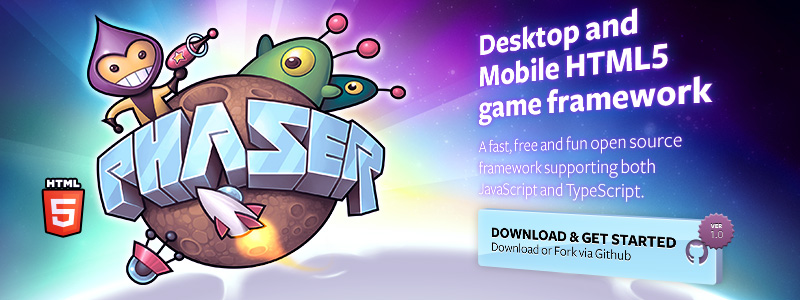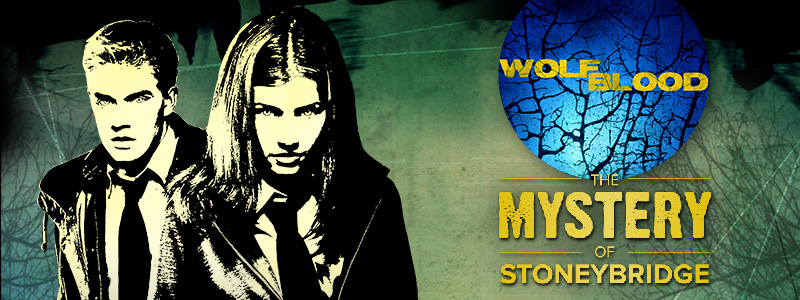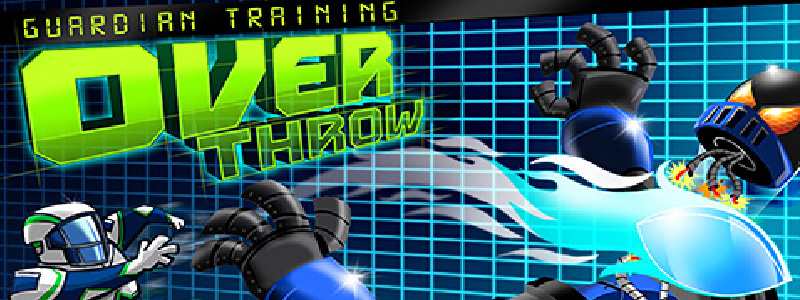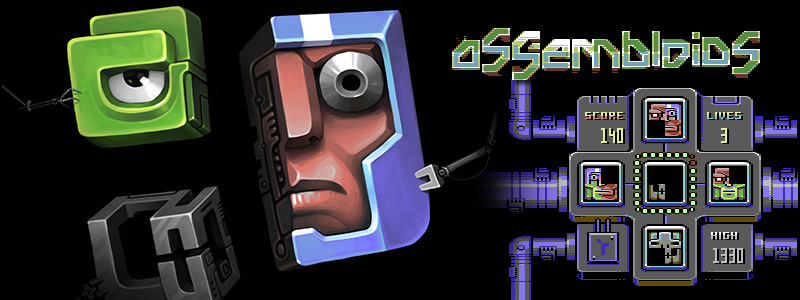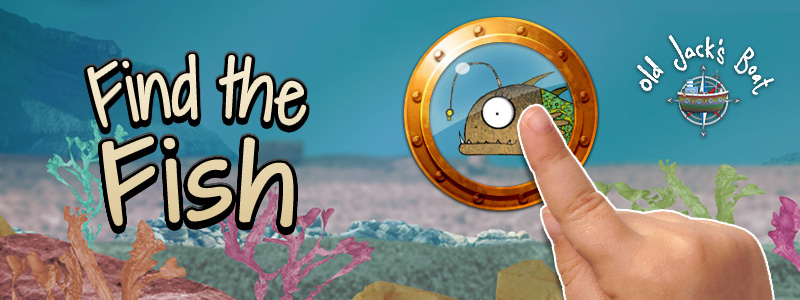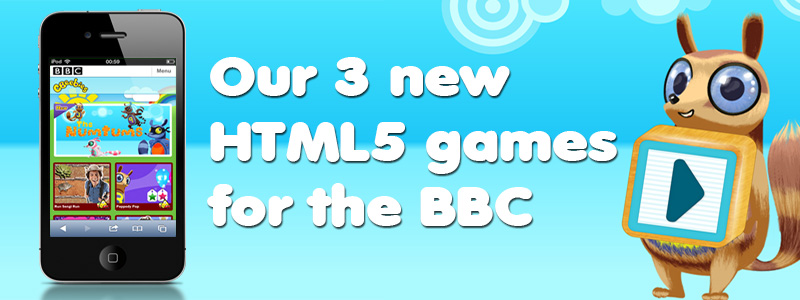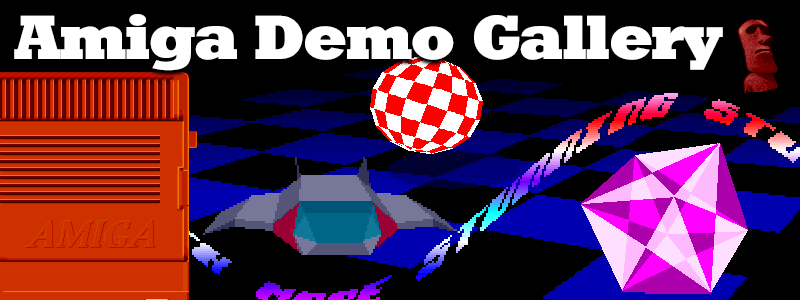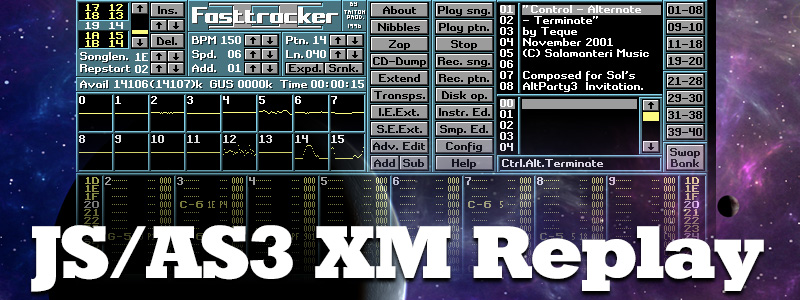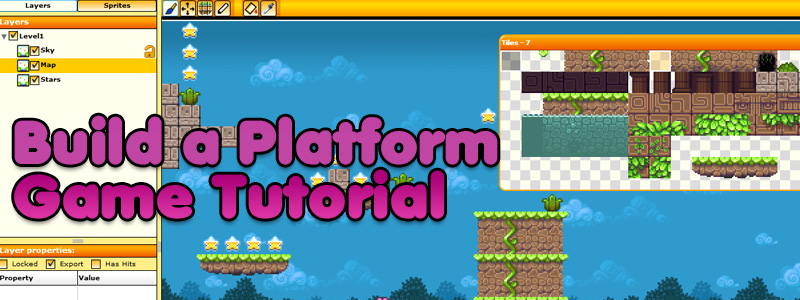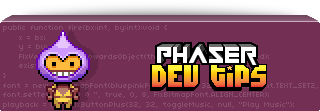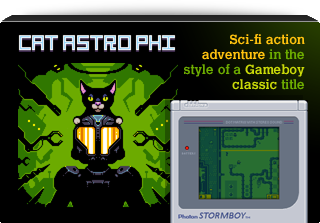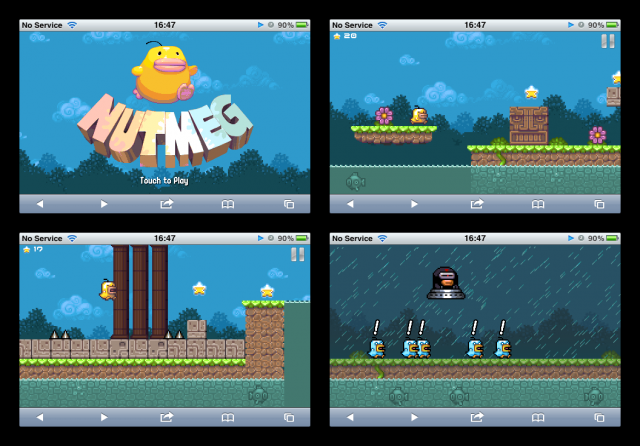Latest Posts
-
What if your game characters had children?
2nd May 20125Very often as indie developers we’re responsible for both the game build and game story. And that’s assuming there even is a story in the first place. We don’t typically create “game bibles”, meticulously planned out for months in advance. And other than perhaps doing a sequel, nearly every game we make is treated as if it’s being built in complete isolation from the one that came before. But what if instead of doing this, we linked them together using a “family tree” of game characters, common environments and a shared lore?
For example, say hello to Bob:

Now Bob here could star in his own little piggy platform adventure. Happily running and jumping around. Perhaps he has a special ability like shooting from his snout? Whatever we decide to develop, this becomes Game #1, we publish it and carry on with our next game.
In Game #2 we decide to have a female piggy protagonist called Sally:
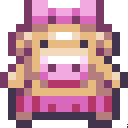
This time it’s not a platform game, but a time management one. For the sake of originality (and to help uphold blatant gaming sexism) let’s say Sally is in charge of a diner and must dash around serving the customers. And who should appear as a customer a few times? Yup, it’s Bob, fresh back from his platforming adventures. And as he dines they fall in love, eventually producing:
-
30 years of being a game developer in 3000 words
15th Apr 2012I borrowed the majority of this text from a great private forum I’m on, where everyone gave a potted biography of who they are and how they got to where they are today as a means to introduce themselves. I wrote my introduction 3 years ago and have toyed many times with the idea of posting it here for all to see, warts and all. And after some editing and refreshing of content I’ve finally decided to do so. The title is a little misleading of course as I’ve not been a game developer for 30 years, but I have always wanted to be, and that passion and love has never left me – as you’ll find if you dare to read on 🙂

I know it’s way too long and probably not even my Mother would read until the end, but here we go. This is how my love affair with computing and game development started, and lead to where I am today…
My name is Richard Davey. I don’t really use pseudonyms on the internet anymore (spent enough years doing that in Quake clans!) but l’m part of Photon Storm. I’ll be 37 in August and I live in a lovely part of the UK with my wife, 6 year old son and 2 year old daughter.
Growing up Atari
Back when I was the age my son is now, my parents were complete technophobes and didn’t buy into the “every home must have a family computer” one bit. So it was a long time until I got one of my own. Ironically my Mum is now the most hardcore gamer I know and I swear 40% of her annual earnings goes direct to Big Fish Games.
I may have been computer-less but I was addicted to the arcades. All of my “holiday money” would vanish into the latest Atari, Williams and Sega machines. When I was 8 we moved house and I made friends with the kids in my new street and got my first experience of home computing. There were ZX81s and Spectrum 48ks within a few houses and that was it. I was utterly hooked. To my shock (as it wasn’t even Christmas or my birthday) one day my Dad bought home a computer: A Toshiba MSX.
In hindsight I appreciate just how amazing that computer was. Built-in cartridge port letting me run all the hottest Konami and Capcom games, tape drive so I could buy budget games from the newsagent, really nice graphics, really nice sound. But no other kid within a hundred miles owned one which made aquiring new games next to impossible. But it did give me my first taste of programming. Type-in listings from magazines and hacking around in BASIC. The MSX and later a Spectrum +3 served me well for a few years until I hit secondary school. And via another kid there I was introduced to the Atari ST.
My whole life changed. It was one of those moments you know? Those real life changing moments. Getting that ST home. Hooking it up to this piece of trash black and white TV in my bedroom. I just knew there and then I was addicted, and that my life would be one spent in computers.
I wasn’t wrong 🙂
-
Flod 4 Released for JS and AS3 – New tracker module formats supported
4th Apr 2012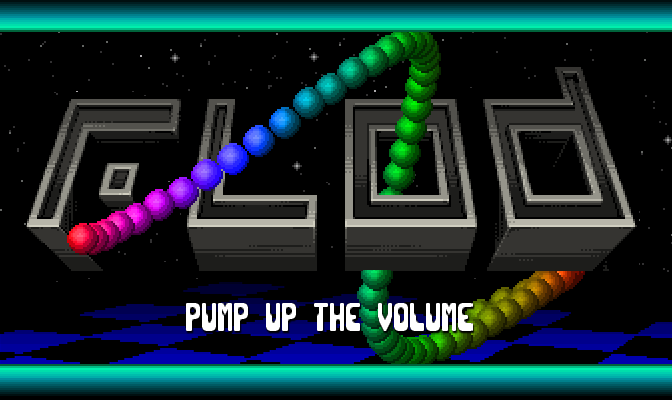
For those unfamiliar with Flod, it is a set of JavaScript and AS3 libraries written by Christian Corti, that can accurately playback lots of different Amiga, PC and Atari ST music formats natively. It supports all of the common formats: FastTracker II, Ultimate Soundtracker, ProTracker, NoiseTracker and lots more including DeltaMusic, David Whittaker, FredEd and Jochen Hippel format tunes.
There are download packages for HTML5/JS using the Web Audio API found in Chrome. Also available are the AS3 class files for Flash.
Check it out on the Flod page.
-
Nutmeg: Our HTML5 Mobile Browser platformer game is looking for sponsors
9th Mar 2012We put the finishing touches to our first HTML5 Mobile Browser game tonight and it’s now ready to find a home with a sponsor.

Called Nutmeg, the game is a single “button” platformer set over 5 challenging levels. An increasing variety of baddies, spikes, traps and tricky jumps to negotiate stand between you and rescuing the 5 kidnapped chicks.
Those of you familiar to this site may recognise the graphics from the Flixel platformer tutorial I wrote. It seemed sensible to give them a new lease of life and they look great on mobile resolutions 🙂 Technically I’m happy with the game. Parallax scrolling, animated sprites, a full detailed intro sequence, particle effects and highscore leaderboards make it closer to the sort of game we’d typically create in Flash. We built it on an iPhone 3GS as our base test unit, but it plays ok on an Android Nexus One. As with anything performance is quite device specific though.
We contacted a range of mobile games portals today, but as there is no single unified place to put games up for sponsorship yet (like Flash Game License does for the Flash world) we figured it wouldn’t hurt to post this blog entry up.
So if you run a mobile games portal and are interested in a site-lock deal for the game, please drop me an email: rdavey@gmail.com with a link to your site and the outline of your offer, and we’ll take it from there!
-
Veracode Defender – from concept art to final game
1st Mar 2012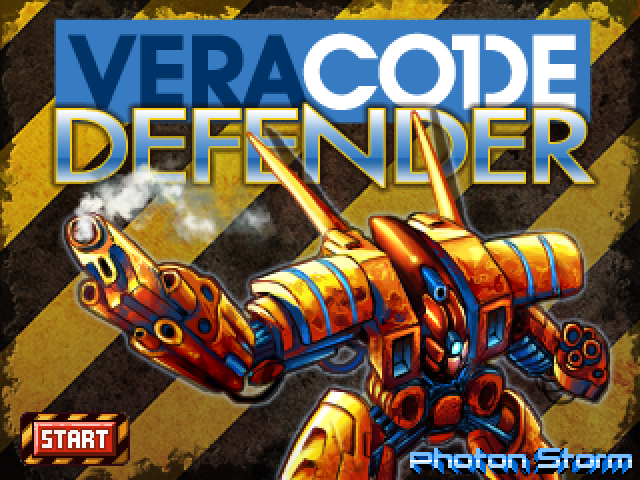
I’m pleased to say that our latest game is released. Veracode Defender is a Flash retro-styled tower defence game. It was a departure from our normal titles in that we made it specifically for a client, something we’ve never done before. It all came about via a casual tweet between ourselves and Melissa, a chiptune composer and NES fan (yay!) who works forVeracode. They were looking for a tower defence style game to help promote their security services. The deadline was a bit insane, but we pulled it out of the bag and delivered on-time. Having never written a tower defence game before it was a challenge, but a good one to under-take. And I now have a new-found respect for developers who churn out TDs by the bucketful, because believe me – balancing those game is far from easy!
The graphics were created by Diego, who I had met at Aardman where I work. He was a matte painter there, creating stunning backdrop scenery for our latest film The Pirates! In an Adventure with Scientists (do watch the awesome trailer! the film is out this month). Anyway he felt like taking on the challenge of moving from gigabyte sized Photoshop files down into 16×16 pixel sprites. So off we started and literally 10 days later the game was finished.
You can get some developer insights from me on the games page itself, but what I wanted to show here was the graphical evolution of the game from concept to final pixels:
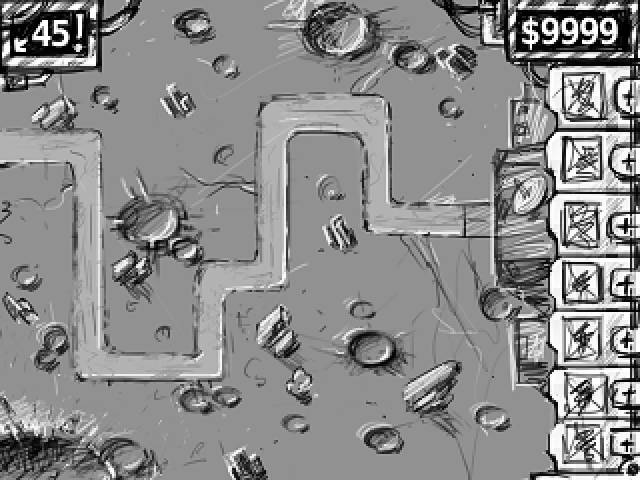
Diego and I spoke about how the screen would be structured, I gave him some rough dimensions and he produced this first-pass concept sketch. We wanted the turret menu down the right-hand side, your available funds above it and the wave counter on the far right. The robots would attack from the left and be trying to get to your base on the right. The game turned out remarkably similar to this initial sketch, but went through a few iterations first. Especially the robots …
More posts to tickle your grey matter ...
- Phaser Coding Tips 5
- Phaser Coding Tips 4
- Phaser 3 Development Log - w/e 30 Jan
- Phaser Coding Tips 3
- Phaser 3 Development Log - w/e 16th Jan
- Phaser Coding Tips 2
- Phaser Coding Tips 1
- Phaser v2.1.3 and Pixi v2 are out!
- Welcome to the DarkForge - An archive of all my old DarkBASIC code
- Phaser goes to the movies
Hire Us
All about Photon Storm and our
HTML5 game development services
Recent Posts
OurGames
Filter our Content
- ActionScript3
- Art
- Cool Links
- Demoscene
- Flash Game Dev Tips
- Game Development
- Gaming
- Geek Shopping
- HTML5
- In the Media
- Phaser
- Phaser 3
- Projects
Brain Food

